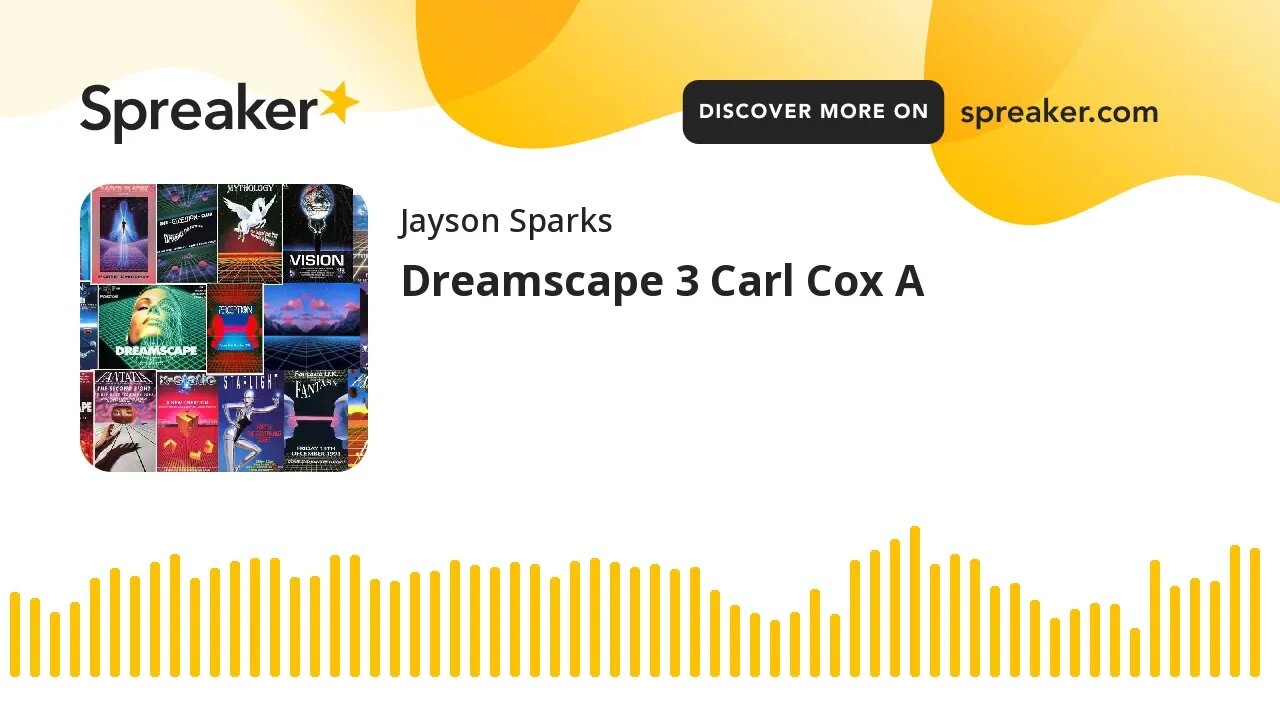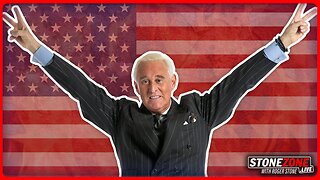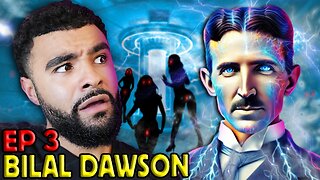Premium Only Content

Dreamscape 3 Carl Cox A
Source:
https://www.spreaker.com/user/therealbipolarradio/dreamscape-3-carl-cox-a
Raves in the 1990s were a significant cultural phenomenon characterized by electronic dance music (EDM), underground parties, and a unique countercultural vibe. Here's a closer look at raves during this decade:
Rise of Electronic Dance Music: The 1990s saw the rise of electronic dance music as a dominant force in the music industry. Genres like techno, trance, house, drum and bass, and rave music became incredibly popular in clubs and at raves.
Underground Scene: Raves were often associated with the underground music and party scene. These events typically took place in abandoned warehouses, open fields, or other unconventional venues, creating a sense of adventure and rebellion.
Music and DJs: DJs played a central role in raves, as they were responsible for creating an immersive musical experience. Iconic DJs like Carl Cox, Paul Oakenfold, Sasha, and John Digweed gained worldwide recognition during this era.
Technological Advancements: The 1990s marked a period of technological innovation in music production and DJing, with the introduction of digital synthesizers, drum machines, and CDJs (digital turntables). These innovations allowed for more creativity in electronic music.
Multisensory Experience: Raves were known for their multisensory experiences, with elaborate light shows, laser displays, projection screens, and other visual effects enhancing the music. Psychedelic and trance visuals were particularly popular.
Fashion and Culture: Rave fashion was characterized by bright colors, baggy clothing, smiley face motifs, and a focus on comfort for dancing. The "candy raver" style included beaded bracelets and necklaces known as "kandi," which were often traded among attendees.
PLUR (Peace, Love, Unity, Respect): PLUR was a common ethos within the rave community, emphasizing values of peace, love, unity, and respect. It encouraged a sense of inclusivity and positivity among attendees.
Ecstasy and Drug Use: Rave culture in the 1990s was often associated with the use of ecstasy (MDMA) and other drugs. While many ravers used drugs recreationally, there was also a push for harm reduction and safer partying practices.
Legal and Law Enforcement Challenges: The popularity of raves and their association with drug use led to increased scrutiny and regulation by authorities. Some cities and countries implemented strict laws and regulations on rave events.
Decline and Commercialization: By the late 1990s, some raves began to lose their underground, countercultural appeal as they became more commercialized and mainstream. Many ravers lamented the shift from underground parties to large, corporate-sponsored events.
Legacy: Despite the changes and challenges, the 1990s rave culture had a lasting impact on music, fashion, and youth culture. Elements of rave culture continue to influence EDM festivals and the electronic music scene today.
Raves in the 1990s were a unique and vibrant subculture that played a pivotal role in shaping electronic dance music and youth culture during that era. They were more than just parties; they represented a form of cultural rebellion, self-expression, and a sense of belonging for many who were part of the scene.
-
 1:32:28
1:32:28
Fresh and Fit
3 hours agoHow To Wholesale and Fix & Flip Real Estate!
19.5K7 -
 LIVE
LIVE
Flyover Conservatives
20 hours agoDrones, Darkness, and Divine Intervention: Unpacking Prophecy and Reality - Dr. Troy Spurrill | FOC Show
799 watching -
 59:32
59:32
The StoneZONE with Roger Stone
1 hour agoHonoring Great American Patriots for Helping to Save our Country | The StoneZONE w/ Roger Stone
16.4K2 -
 1:09:50
1:09:50
Donald Trump Jr.
6 hours agoHow Sean Parnell Helped Deliver PA, Plus Why Pete Hegseth Must Be Confirmed | TRIGGERED Ep.199
126K61 -
 1:58:03
1:58:03
Tucker Carlson
4 hours agoJeffrey Sachs: The Inevitable War With Iran, and Biden’s Attempts to Sabotage Trump
127K193 -
 1:31:00
1:31:00
Redacted News
6 hours agoBREAKING! Trump demands answers on UFOs over America as Pentagon hides the truth | Redacted News
159K240 -
 1:07:45
1:07:45
BIG NEM
4 hours agoSpiritual STDs, Nikola Tesla & Harnessing Creative Energy! ⚡💡
11.7K -
 38:09
38:09
Patriots With Grit
3 hours agoWe Must Finish This Fight | Glenn Baker
9.43K -
 54:52
54:52
LFA TV
1 day agoWhy Did God Bring Donald Trump Back to the White House? | Trumpet Daily 12.16.24 7PM EST
27.4K4 -
 1:33:00
1:33:00
2 MIKES LIVE
10 hours ago2 MIKES LIVE #156 Author Frank Lasee will Deep Dive into CLIMATE CHANGE!
16.2K1